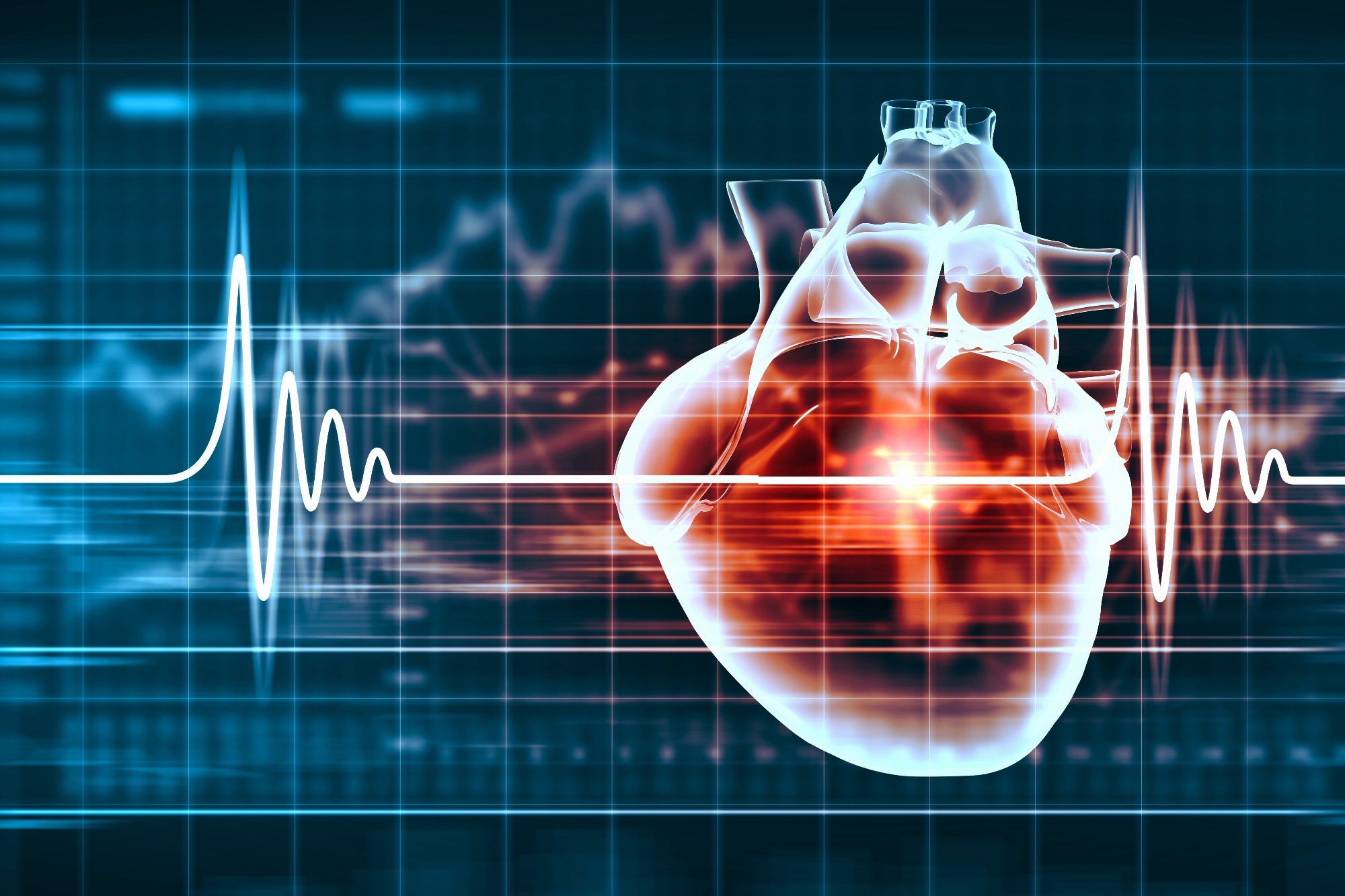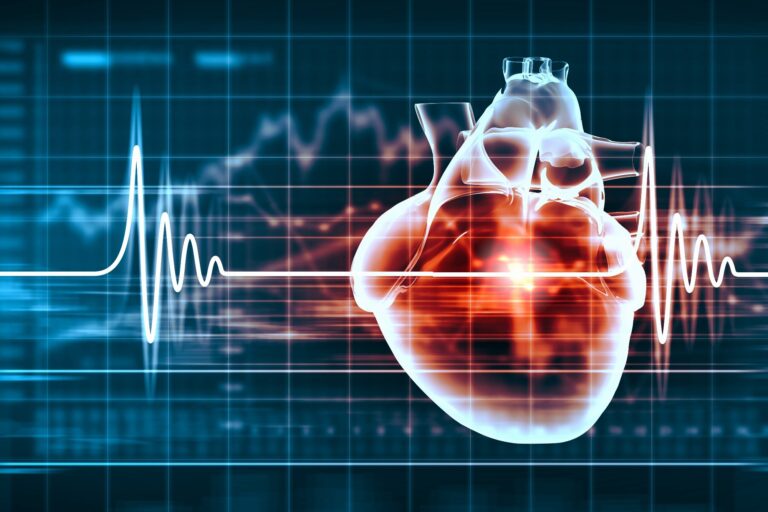In a recent research review published in Nature Reviews Cardiologyresearchers reviewed epidemiological studies on common mechanisms and modifiable risk factors for cardiovascular disease (CVD) and cancer.
CVD and cancer are leading causes of morbidity and mortality worldwide, and both diseases are increasingly understood to be fundamentally linked. Understanding the risk factors and processes that link CVD and cancer allows for the prediction, prevention, and treatment of both. This is important for advancing the field of cardio-oncology and improving standards of care.
In this review, researchers reviewed existing data on the association between CVD and cancer.
 Cardiovascular disease and cancer: common risk factors and mechanisms. Image credit: ESB Professional / Shutterstock
Cardiovascular disease and cancer: common risk factors and mechanisms. Image credit: ESB Professional / Shutterstock
Common modifiable factors contributing to cardiovascular disease and cancer risk
High blood pressure contributes to CVD and several types of cancer, including colorectal cancer, breast cancer, and renal cell cancer. Cancer patients and cancer survivors have higher rates of high blood pressure than healthy people. Hyperlipidemia is also associated with atherosclerotic CVD and low-density cholesterol (LDL), and lowering treatment could reduce CVD-related deaths and deaths from all causes. Studies have shown that hyperlipidemia increases the risk of breast and colorectal cancer.
Obesity, an independent CVD risk factor, exacerbates other risk factors such as diabetes, hypertension, and hyperlipidemia. Diabetes, an established contributor to cardiovascular disease, increases the risk of colorectal, breast, endometrial, and gallbladder cancers. Smoking increases the risk of cardiovascular disease and cancer incidence, and increases cardiovascular disease, death, and upper respiratory tract malignancies.
The association between alcohol consumption and CVD risk is equivocal. However, excessive drinking may increase his CVD risk. A Mediterranean diet and increased physical activity are dose-dependent and significantly associated with reduced risk of cardiovascular disease, tumors, and related mortality. Socioeconomic determinants of health (SDOH) measures are strongly associated with poorer cardiovascular health and worse cancer outcomes.
Dysregulation of systems that control cellular aging, proliferation, metabolism, and damage links cardiovascular disease and cancer. Oxidative stress in CVD increases the risk of non-communicable diseases, while clonal hematopoiesis causes chronic inflammation, leading to atherosclerosis and inflammation. Microbial dysbiosis in cancer is associated with increased cell turnover, production of genotoxic metabolites, inadequate immune surveillance, and chronic inflammation. Metabolic instability in cancer cells can lead to circulating tumor metabolites and cardiovascular remodeling. Environmental factors such as diet and medication use can influence dysbiosis. Circulating soluble chemicals may mediate accelerated tumor growth and increased cancer risk in CVD patients.
Epidemiological evidence on common factors that increase CVD and cancer risk
Every 5.0 mmHg decrease in systolic blood pressure (SBP) reduces major adverse cardiovascular events [MACE, hazard ratio (HR) 0.9 without prior CVD; HR 0.9 with prior CVD] danger. CVD decreases when SBP decreases by 10 mmHg [relative risk (RR) 0.8] and risk of death from any cause (RR 0.9). High blood pressure increases your chances of developing kidney cancer, colorectal cancer, and breast cancer.
Elevated serum triglycerides increase colorectal cancer risk (HR 1.2), whereas increased high-density cholesterol (HDL) reduces colorectal cancer (adjusted HR 0.8) and breast cancer incidence (RR 0.9) Let me do it. An increase in body mass index (BMI) of 5.0 kg/m2 increases the risk of CVD risk factors such as hypertension, heart failure, ischemic stroke, atrial fibrillation, rectal cancer, and biliary tract cancer, with RR values of 1.5, 1.4, and 1.4. , 1.2, 1.1, 1.6 respectively. Elevated BMI is also associated with coronary artery disease (HR, 1.2) and CVD-related mortality (HR, 1.5).
Diabetes is associated with increased cardiovascular disease and all-cause mortality (HR 1.2). Smoking significantly increases CVD risk (RR 1.6) and associated mortality (HR 2.8). Quitting smoking within 5 years reduces the incidence of new-onset CVD (HR 0.6). Low levels of alcohol consumption (1.3 to 5.0 g of alcohol daily) reduce the risk of coronary heart disease-related death compared to non-drinkers (RR 0.8). However, consuming more than 50 g of alcohol each day increases the risk of oropharyngeal, esophageal, colorectal, laryngeal, and breast cancer.
A Mediterranean diet containing olive oil and mixed nuts reduces the incidence of CVD (HR 0.7).Mediterranean diet reduces risk of non-fatal myocardial infarction (RR 0.5), CVD death [odds ratio (OR) 0.6], all-cause mortality (OR 0.7), colorectal and breast cancer, and cancer death (RR 0.9). Poor cardiorespiratory fitness is associated with increased all-cause mortality and cardiovascular disease events (HR 1.7). High levels of leisure-time physical activity reduce the incidence of 13 types of malignancy, with the strongest relationships seen for esophageal, lung, and kidney cancers (HR 0.6). The presence of at least one SDOH increases his 90-day mortality after heart failure hospitalization (HR 2.8). 3 or more SDOH increases the likelihood of fatal events (CVD HR 1.5) and cancer-related mortality (HR 1.3 for those aged 65 years and older).
Based on research findings, there is a bidirectional association between CVD and cancer, with common processes and risk factors causing both conditions. CVD increases her risk of certain types of cancer and cancer-related deaths, but cancer increases her risk of certain types of CVD and CVD-related deaths. Common risk factors include high blood pressure, high cholesterol, diabetes, obesity, smoking, nutrition, physical activity, and SDOH. Addressing the common risk factors of CVD and cancer will have far-reaching implications for public health, as technological discoveries make cancer a chronic disease and a growing number of aging adult survivors are likely to develop comorbid CVD. affect.


